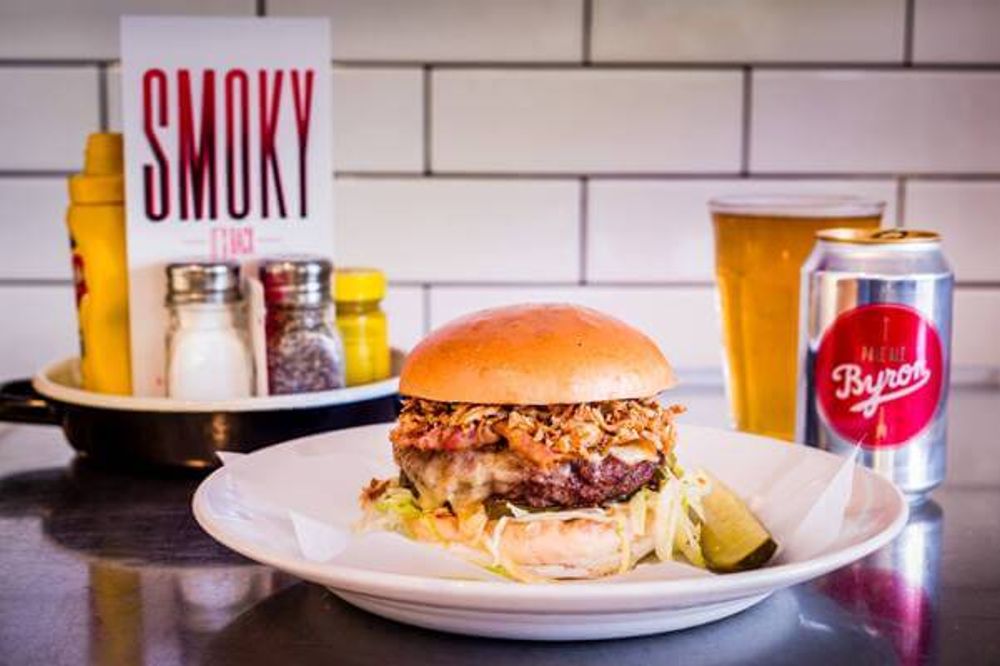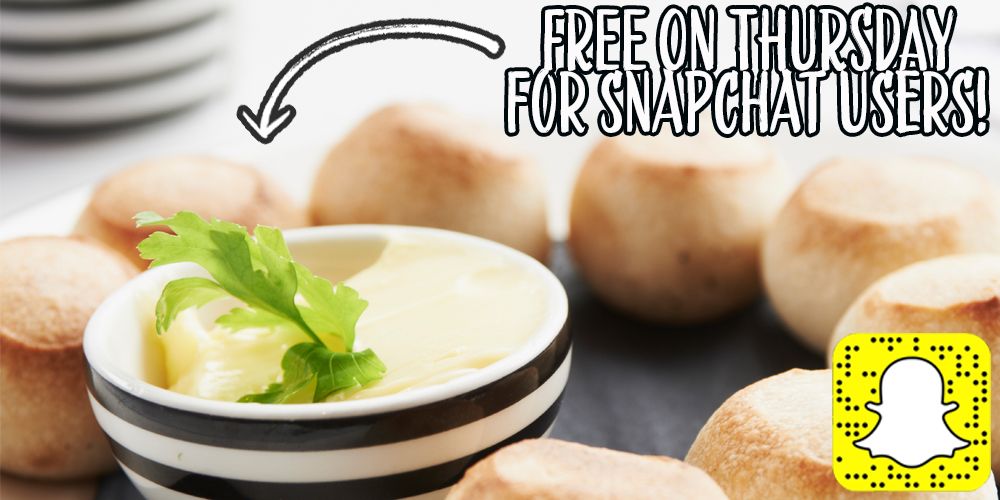Soaring sparkling wines sales are the result of consumers wanting an excuse to treat themselves says new Mintel research.
Quality over quantity is what is winning the hearts and wallets of more and more diners and drinkers on a night out, according to the latest lifestyle research released by research group, Mintel.
Its annual British Lifestyle report shows that it is our collective desire to treat ourselves with good, quality, dependable food and drink that is largely behind the phenomenal demand for sparkling wine sales over recent years. Buoyant bubbly sales is picked out by Mintel as having a significant impact on the overall UK foodservice market, which rose by nearly 3.5% to an estimated £36 billion in 2015.
It is also helping to offset the fact that nearly a third (28%) of Brits say they are spending less on alcohol on a night out, with 22% spending less at home as well. But when we do want to treat ourselves we want to reach for what we see as the best, or has a perception of quality, as with sparkling wine and Prosecco. Overall sparkling wine sales have increased by 14% in volume terms in 2015 to reach 107 million litres, worth an annual £1.3bn, said Mintel
An increased interest in artisan and craft drinks has helped boost the beer market too, which is now worth an annual £16.7bn. Around one in six (16%) of British drinkers bought craft lager in the three months to November 2015, while 18% bought a craft ale or bitter.
But concerns over sugar levels have hit sales of soft drinks hard, with consumption of cordials, squashes, fruit juices and smoothies dropping, as the non-alcoholic drinks market only grew by a paltry 1% in 2015.
One in nine adults are now buying less fruit juice or smoothies compared with six months previously, and 34% of those are reducing their consumption due to concerns over sugar. A further 24% have stopped buying it to save money.
Rise of the ‘foodie’

Quality and consistency in a bun is what consumers are looking for
A more discerning approach to drink is also being applied to food, with one in three diners considering themselves to be a ‘foodie’. Meanwhile, over half of respondents (57%) in the Mintel report said they liked to experience new flavours.
The growth of gourmet dining is also a reflection of increasingly sophisticated tastes, with 7% of fast food visitors reporting that they had switched from the likes of KFC and McDonalds to more upmarket burger restaurants.
This has helped spending in the overall chicken and burger bar market by 5% in 2015 to reach £4.7 billion. Which also explains the increase in number of specialist casual dining chains focused on creating the ever perfect way of serving chicken or a burger.
We’re back spending
The Mintel report, which monitors spending across all the key consumer markets, reveals that total consumer expenditure in the UK reached £1,126 billion last year, a 1.7% increase on 2014.
Over a quarter (26%) of Brits said they were better off compared to a year ago, while more than half (53%) said they were about the same, with one in five reporting they were worse off.
And almost four in ten, (38%) of those with a household income in excess of £50,000 said they felt better off compared with a year ago, as opposed to only 16% of those on an annual income of less than £9.500.There are also clear differences around the country as to how consumers regard the concept of “treating themselves”. In Yorkshire and Humberside, for example, over half of consumers say they allow some budget each month for treats like a trip to the cinema or dinner out, compared to the national average of 48%.
Outside food and drink it is clothes, shoes and accessories that top the list of areas that consumers like to spend any money saved for a treat. Mintel’s top list of treats includes:
- clothes, shoes or accessories (34%)
- chocolate or sweets (33%)
- favourite food to eat at home (31%)
- a dinner out (28%)
- a holiday (27%)
- a night out (22%)
- a technology item or gadget (20%)
- alcohol (20%)
- a beauty or personal care product (17%)
- or something for the home or garden (13%)
- with flowers appearing bottom of the list (8%).
“Britain’s economic growth over the past few years has outstripped many other major economies, and wages have been rising above inflation,” said Mintel’s senior consumer and lifestyle analyst, Ina Mitskavets.
“Whilst there has not been a big improvement in overall consumer confidence, better-off Britons are clearly pulling away from the rest. Higher earners feel more confident about their finances and show more willingness to spend across more indulgent categories such as leisure, holidays and foodservice.”
Rise of bargain hunting

Consumers are looking for more imaginative ways to save money
It is clear why there has been such a switch to discount retailers in recent years as the report also shows Brits now see ‘bargain hunting’ as a source of excitement.
Nearly three quarters (73%) of consumers say they love the thrill of the chase to get what they regard as a bargain. And this is a game that those earning over £50,000 a year are happy to play with 76% of those consumers loving love the thrill of finding something cheaper, compared to 68% of those with an income of less than £15,500.
Three quarters of consumers will also look and shop around to get the best deals, with only half (51%) happy to pay full price for anything
Mitskavets added: “The savvy shopping mentality is still firmly entrenched in the UK today. If anything, it has been reinforced by the widespread discounting and price wars across a variety of sectors in the post-recession years. Scoring discounts has evolved from a chore into a form of entertainment, or even a full-fledged hobby.
“However, while it is clear that consumers now expect to see reduced prices and special offers in shops, widespread promotions can be damaging to business reputations and bottom lines. The focus for many companies going forward should be on weaning customers off discounts through better service and quality improvements.”
































